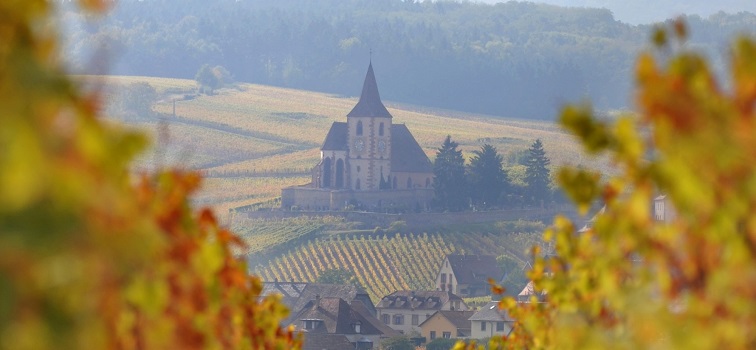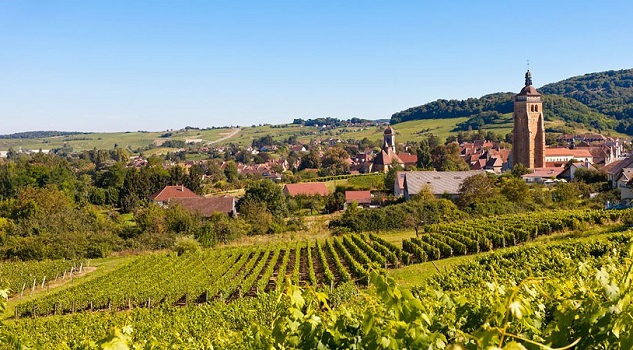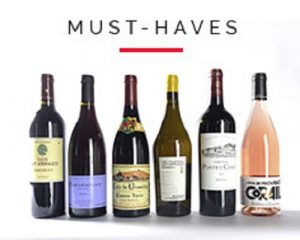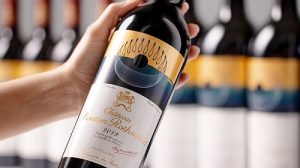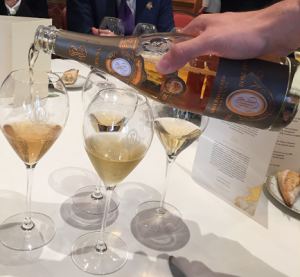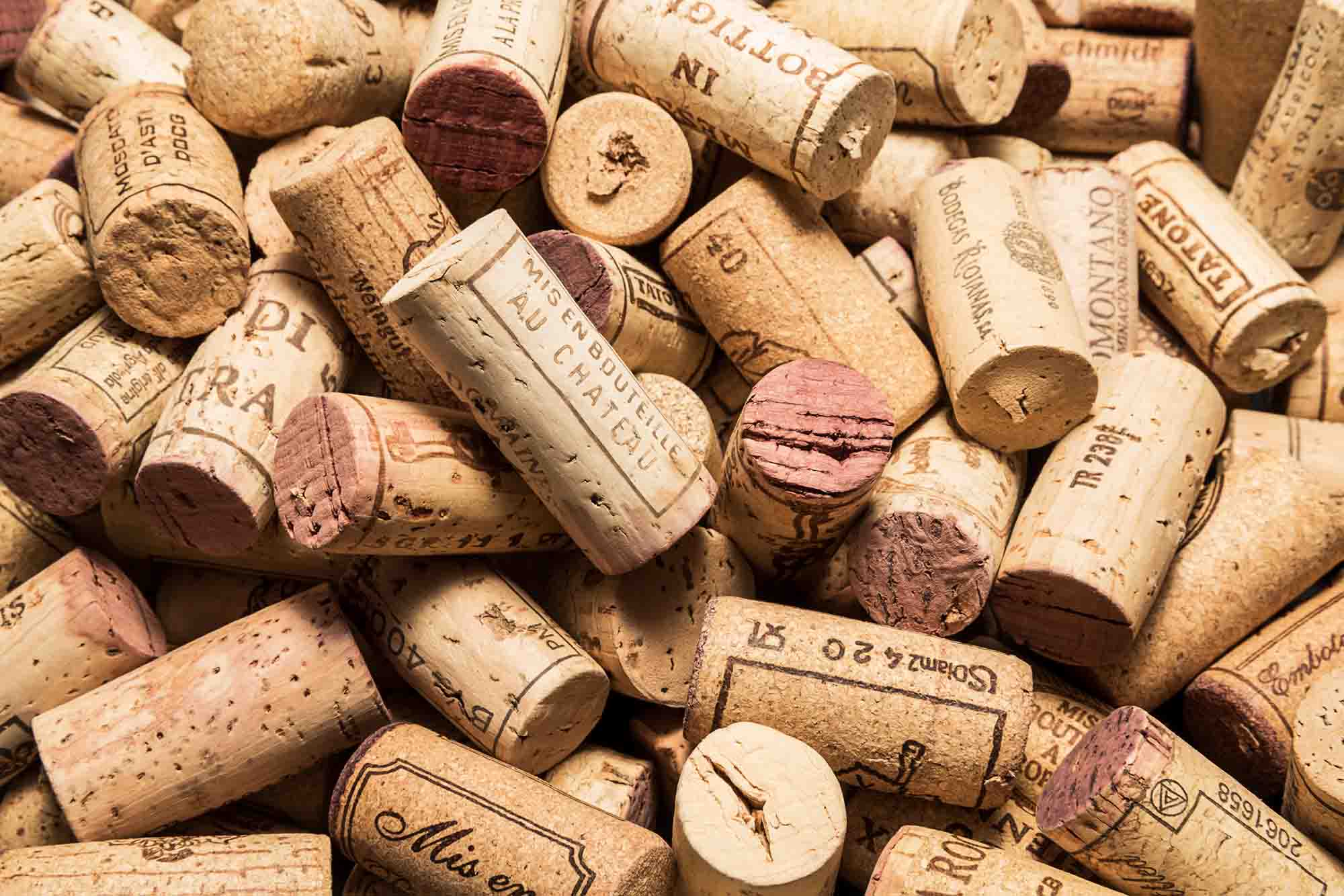 The long-awaited 2015 wine announced as exceptional, is now bottled, and can be bought. To guide you through your purchases, iDealwine reviews the situation region by region. And we start with the vineyards from the north of the hexagon, Burgundy, Beaujolais, Champagne, Alsace, Jura and Savoie.
The long-awaited 2015 wine announced as exceptional, is now bottled, and can be bought. To guide you through your purchases, iDealwine reviews the situation region by region. And we start with the vineyards from the north of the hexagon, Burgundy, Beaujolais, Champagne, Alsace, Jura and Savoie.
Red Burgundies at the top
Like almost everywhere in France, in 2015, Burgundy benefited from good weather conditions. The tone was set in spring: the vintage will be precocious. Flowering took place early June, announcing grape harvest late August and early September. A year also marked by an exceptionally pleasant and warm summer, even very warm, especially in July. The maturity advance taken during spring was partially offset by a heatwave in July and a lack of water which stopped the maturing progress. The return of rain during August allowed the vines to grow, and the grapes ripened then very quickly containing high sugar levels. The acidity levels remain very satisfying, in harmony with the already-perceptible aromatic potential, they will give perfectly balanced wines.
The warm summer also prevented rot development. The health conditions of the vines are excellent. This almost perfect situation makes it possible to harvest superb grapes with ideal maturity, but on the other side of the coin (especially for the winegrowers), the yields are very clearly below average.
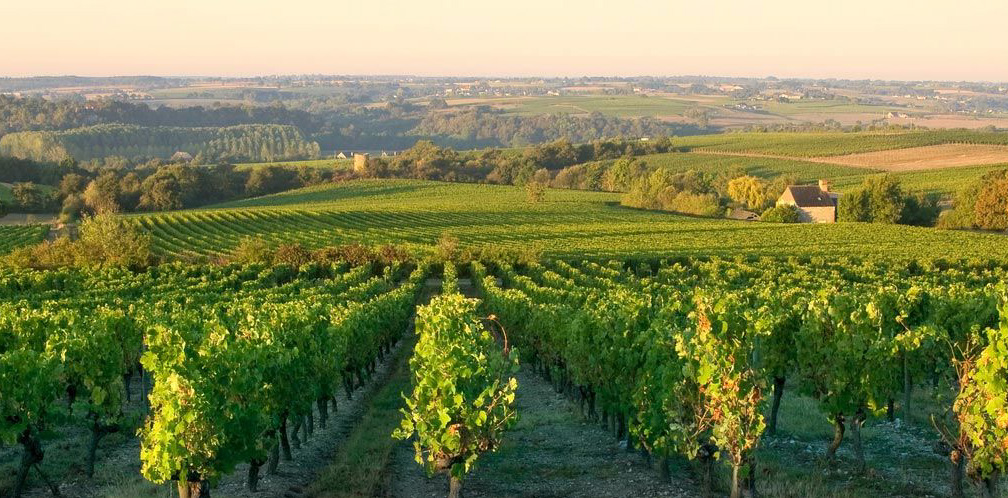 In general, reds are much more successful than whites, the Chardonnay having suffered more from high summer temperatures. It was difficult to harvest this grape at the right time. Some rushed to produce wines that are fresh, but flirting with vegetal notes, others waited a little too long producing heavy wines with a strong alcohol feel. For white, it will be necessary to prefer the freshest terroirs (Saint-Aubin, Puligny, Auxey-Duresses). From Chablis, a reduced acidity will surprise the fans of taut Chardonnay wines, but they are nice wines to drink, probably a little quicker than usual.
In general, reds are much more successful than whites, the Chardonnay having suffered more from high summer temperatures. It was difficult to harvest this grape at the right time. Some rushed to produce wines that are fresh, but flirting with vegetal notes, others waited a little too long producing heavy wines with a strong alcohol feel. For white, it will be necessary to prefer the freshest terroirs (Saint-Aubin, Puligny, Auxey-Duresses). From Chablis, a reduced acidity will surprise the fans of taut Chardonnay wines, but they are nice wines to drink, probably a little quicker than usual.
Reds from Côte de Nuits and Côte de Beaune are rare but superb! They offer a beautiful and dense body with ripe and juicy tannins and a very long ageing potential. On the other hand, like the 2005 vintage, more years will be needed for these wines to express their full potential. A bit like in 2009, all the levels of the terroirs (1er cru, grand cru, village) are successful, reducing differences especially when the wines are young. However, after ten years or more, the great climates will undoubtedly make the difference.
The connoisseur, with a more limited budget, will be able to enjoy less mediatized appellations, for example Côte Chalonnaise, especially Rully or Givry, and towards Mâconnais where reds (Gamay or Pinot Noir) are splendid and less complex in their youth than those from Nuits or Beaune.
- Score for red 2015: 18/20
- Score for white 2015: 15/20
Beaujolais: quality before quantity
The winemakers always have two ways of judging a vintage. For them, a good vintage rimes with quality and it is undeniably the case of the 2015. But a very good vintage also has satisfying harvested quantities and unfortunately volumes were considerably low for the 2015, reaching sometimes less than 20hl/ha.
For wine lovers, as quality is obviously essential, Gamay fans will be fulfilled with 2015. The worst was just about avoided, as drought was problematic until early August but a beneficial rain from the 10th allowed the vines to grow completely. The only risk was to be tempted to wait a little longer before starting to harvest, because a hot wind candied a bit the late grapes, giving heavy and unbalanced wines.
Harvests started early, as almost everywhere in France, and enjoyed a perfect health condition with berries of a very homogeneous maturity. Potential alcohol degrees are high (between 13° and 15°), and the colours are deep. The overall acidity was quite low for the region and it was necessary to pay special attention during maturation in the cellars, to produce wines which don’t lack dynamism, unusual for Beaujolais. Those who liked the 2009 and 2005 will not be disoriented by an exuberant fruit to which it is difficult to resist. Those who swear only by 2008 or 2013 may find several cuvées slightly too rich and lacking some of the usual tautness. But another positive point: the most delicious 2015, from Morgon or Moulin-à-Vent for example, will have a good ten-year-or-more ageing potential!
- Score for red 2015: 17/20
2015 wine: tasty Pinot Noir for Alsace
As for most French appellations, the 2015 vintage was characterized by a strong heat in Alsace (close to 14°C for annual average, 2 degrees more than in 2014!) and even droughts, mainly during July. But unlike 2003, rain in August resulted in ripe berries, and in September the harvested grapes were healthy, with fairly strong sugar levels and low acidity, but a nice aromatic intensity. The other outstanding feature of this vintage is the early harvest, with almost all dry wine grapes being picked before the end of September, which is not far from the 2003 records. Finally, the last trend of the year: the low volume harvested. This is the third consecutive year in which Alsatian production is below average, which leads mechanically to both a decline in inventories and the volumes marketed.
The red grapes adapted well to these climatic conditions and the Alsatian Pinot Noir wines are particularly tasty, full and ripe, with delicate notes. Whites are more atypical because the berries are less juicy than usual (drought effect) and the skin/juice ratio produces richer, denser wines with often higher alcoholic levels. The slightly lower acidity makes it a bit more complicated for winemakers to produce balanced wines and only the best avoided the “too much” effect, with delicate vinifications and sugars difficult to transform. Sweet wines will above all be creamy but probably a little less complex than when botrytis comes into the equation.
- Score for dry white 2015: 15/20
- Score for sweet white 2015: 15/20
- Score for red 2015: 17/20
Champagne: a verdict to refine in the 2 coming years
The quality of a very recent vintage is always a little more difficult to assess in Champagne than elsewhere since, by definition, wines are sold only several years after harvests. Therefore, we can only first give a theoretical opinion based on the weather conditions, and tasting of the clear wines, before their champagnisation (process for a still wine to become sparkling).
Concerning the weather, Champagne has experienced the same overall conditions as all the other northern vineyards, a very hot and dry summer that could have caused problems if rain in August had not allowed the grapes to develop properly.
Pinot Noir is by far the best grape variety, much like the neighbouring appellations of Burgundy. Aube and Montagne de Reims are vineyards that should produce delicious Blanc de Noirs based on this grape variety. In the Marne valley, the rain disturbed a little the quality of Pinot Meunier, but this should not be a handicap during blending. Chardonnay grapes are rather heterogeneous, like Burgundy, with risks of heaviness (when they were harvested a little late) or on the contrary vegetal notes when, out of fear, they were picked a little early. For this type of vintage where a careful viticulture is able to counterbalance the excesses of the year, organic or biodynamic winemakers have managed to produce particularly promising clear wines. See you in a year or two (or more for the best vintage wines) to judge the true quality of the bottled champagnes.
- Score for Blanc de Noirs 2015: 17/20
- Score for Blanc de Blancs 2015 : 15/20
Jura – Savoie: rich and dense reds
Jura, like the rest of the Northern vineyards, enjoyed a warm and dry summer, especially in July, and rain in August. The red grapes are probably the ones which have benefited most from these conditions, reaching rather rare maturity levels (but also alcohol) for this region. The amateur will find great red cuvée, with an important ageing potential. Some may be confused by the “southern” character of these wines with rather high alcohol levels and far from their usually coolness. Thanks to generally higher-altitude vines than in most French vineyards, whites have resisted the excessive heat of the summer. They will be dense and rich but will maintain a good balance thanks to a constant acidity. A few rare cuvées, however, could be a little heavy and lacking tonus.
Savoie, which is still associated to Jura although these two vineyards have little in common apart from their mountains, nevertheless will have similar characteristics for this vintage. Same causes, same effects: Savoie reds, whether Gamay, Pinot Noir or Mondeuse, will be full and rich with a nice mature concentration and some of the top cuvées will have a good ageing potential, especially for Mondeuse wines. The whites are a notch below, mainly lacking a little acidity. But they will be pleasant to drink young.
See all wines currently on sale
Register here to access auctions and fixed-price sales
Receive a free estimate of your cellar
Read further on iDealwine Le Blog:
- Stars of the 2015 auctions on iDealwine
- French vineyard market: rising prices in 2016
- Top 20 of Burgundy wines
- Top 20 of Champagne
- Top 20 of Bordeaux wines
- Top 20 of Jura-Savoie and Alsace wines
- Top 20 of Loire wines
- Top 20 of Rhône wines
- Top 20 of wines from Languedoc, Roussillon, Provence and Corsica
- 2017 first half: already more than 56,000 bottles auctioned on iDealwine

